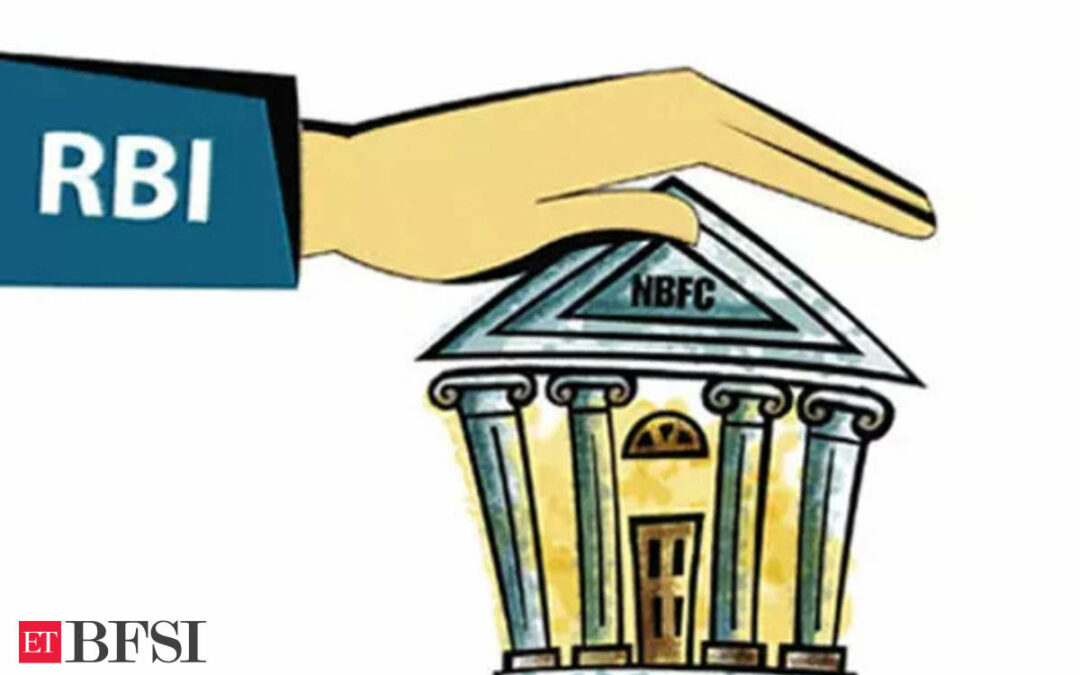Bank credit to non-banking financial companies (NBFCs) has significantly slowed down following the Reserve Bank of India’s (RBI) decision to increase risk weights on such loans last year. According to RBI data, the growth in bank loans to NBFCs dropped to 8.5% in June, marking a two-year low, compared to a robust 36% in October 2022.
The slowdown comes after the RBI raised the risk weights on loans to NBFCs by 25 basis points in November 2023. This regulatory change was implemented in response to the sharp increase in bank loans to NBFCs, and it effectively increased the cost of borrowing for these shadow lenders. The move was part of the RBI’s broader strategy to curb the reliance of NBFCs on bank financing.
Steep fall
At the end of October 2022, bank credit to NBFCs had surged to Rs 12.2 lakh crore, reflecting a year-on-year growth of 36%. While this growth remained above 20% for much of 2023, it began to decline following the RBI’s risk weight adjustment, which raised the risk weights on such loans to 125%.
In response to the rising costs of bank borrowing, NBFCs have been increasingly seeking alternative funding sources. Larger NBFCs are now focusing on boosting their foreign currency borrowings, including external commercial borrowings (ECBs).
Midsize and smaller NBFCs are also diversifying their borrowing strategies by turning to private credit firms. This shift indicates a broader trend among NBFCs to reduce their dependence on bank credit and explore more sustainable funding options in the face of evolving regulatory challenges.











